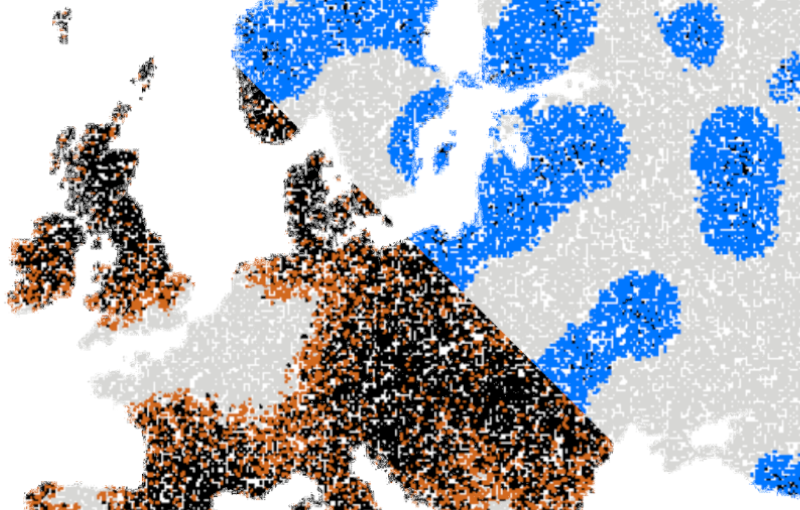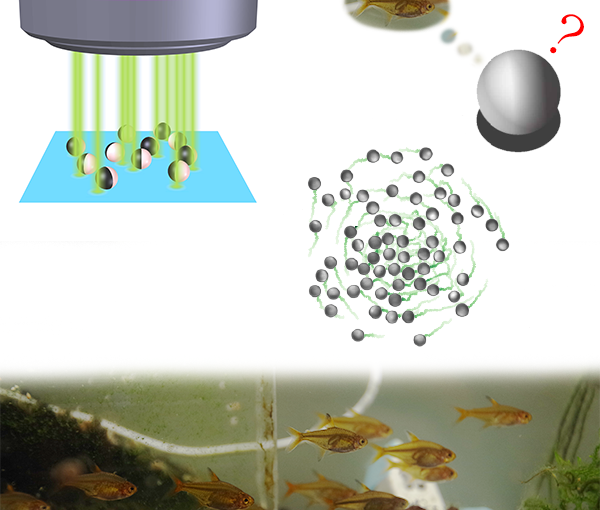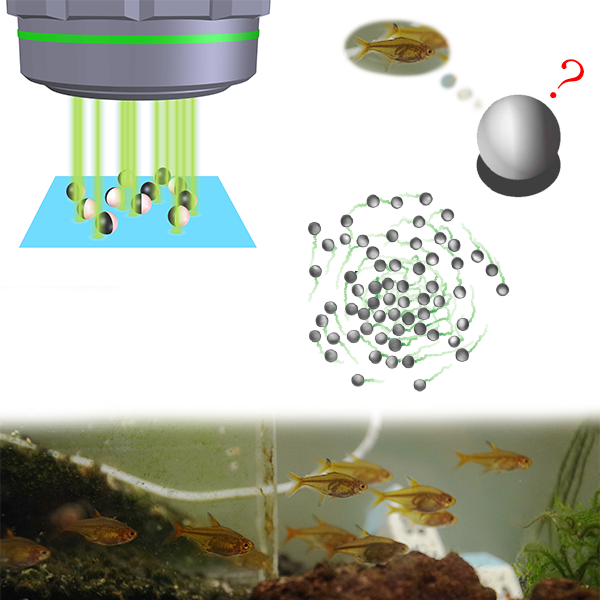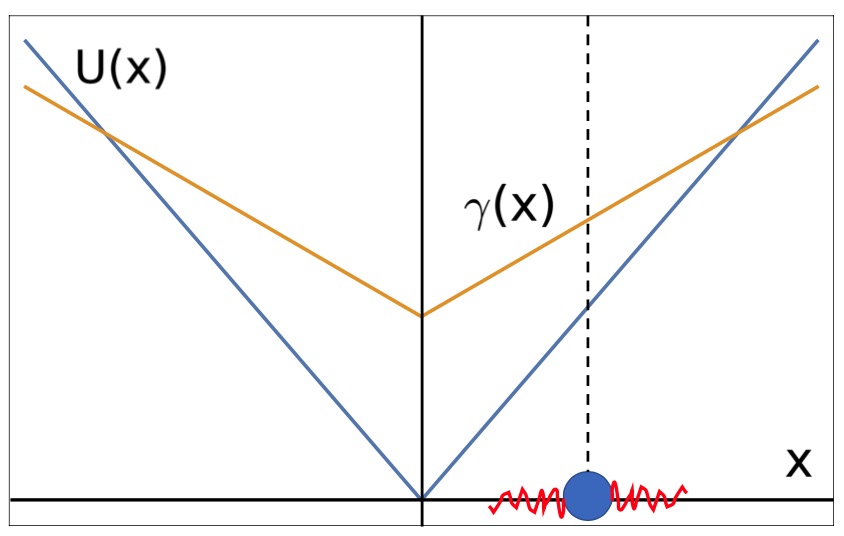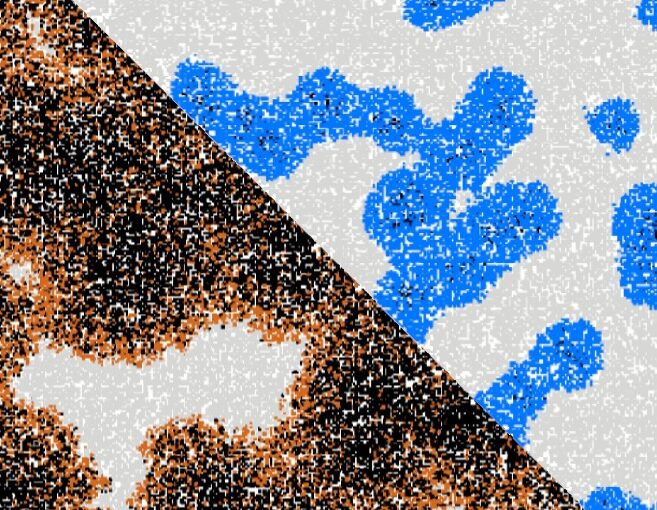As part of the experimental training, a second round-table discussion took place yesterday, 18 March 2021. The event centered around a discussion on the topic of « Living Active Matter » and featured four invited guests, all physicists, who have studied different topics and length scales relevant to living systems. The invited panel was composed of Aidan Brown from University of Edinburgh, Salima Rafai who works at CNRS in Grenoble, Eric Clément from PMMH-ESPCI in Paris and Benjamin Friedrich from TU Dresden, and was conducted by six of the students attending the training: Audrey Nsamela, David Bronte, Jérémie Bertrand, Ojus Satish Bagal, Daniela Peréz Guerrero and Dana Hassan, who first introduced each guest and then asked selected questions. From molecules and cells to tissues, organisms and populations, each guest had a particular expertise which made for a wide-ranging and interesting discussion.
A question on the evolutionary role of self-propulsion was met with an answer from Dr Brown, who, as obvious as it may seem, pointed out that organisms become “active” when whatever they need to survive is not in their immediate surroundings and must be found elsewhere. When Dr Rafai suggested that the micro-swimmers she studied were not converting their energy to motion optimally, Dr Brown pointed out that biological systems are optimized only in the sense that they are versatile and can adapt to a large number of situations or physical parameters, which is not something that can be captured by a single experiment. This goes to show that, when given the same set of facts, physicists and biologists will often interpret their observations differently, and that discussions between the two disciplines can be fruitful.
Dr Friedrich pointed out that the inherent complexity of biology was such that you could sometimes make progress by just looking and writing down how the processes unfold. He went on to explain that one of the bigger challenges biologists face is that many of these processes occurr below the resolution limit of the microscopes (the “diffraction barrier”) and can therefore not be observed by regular optical microscopes. Several panelists are excited about the coming of newly-designed, ground-breaking microscopes; devices that would use entangled photons to break the diffraction barrier. These new technologies could help not only the field of biology, but also encourage physicists and chemists to collaborate and create models of previously undiscovered mechanisms at the smaller scales. Deep learning is another tool that was alluded to by Dr Rafai as something to look forward to for image reconstruction.
Overall, we found the discussion very productive and we would like to thank once more the panelists for their insights and willingness to participate!


